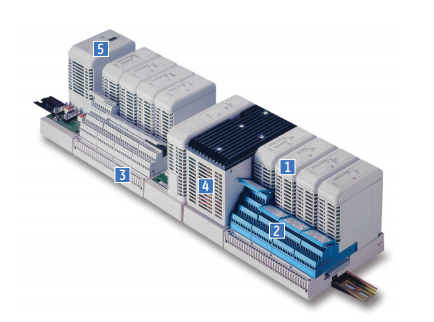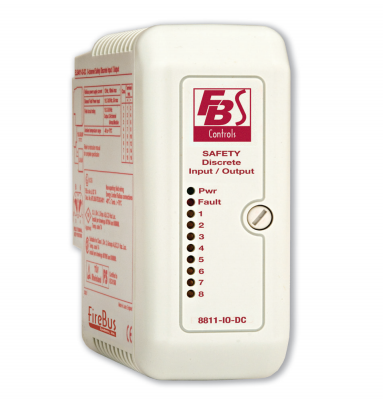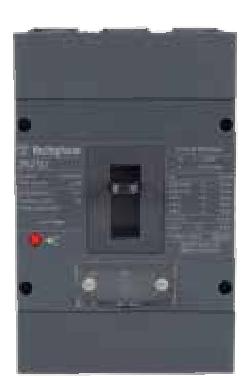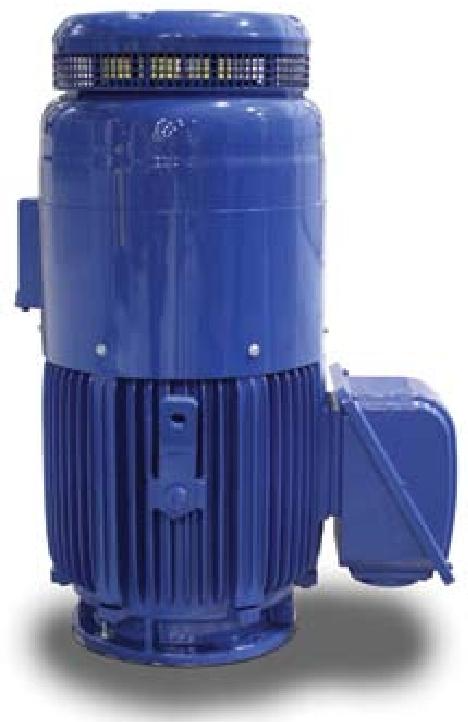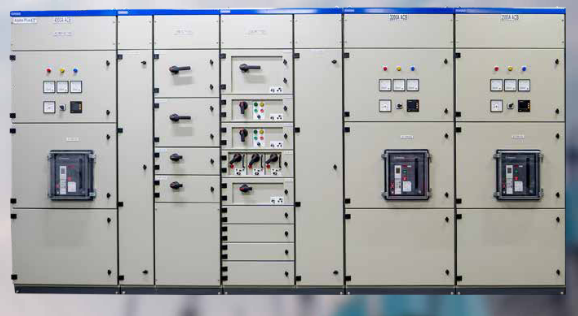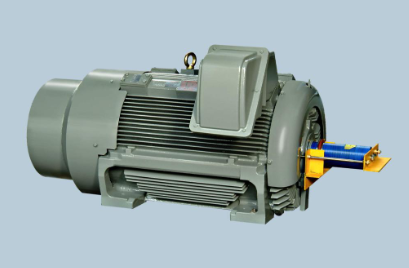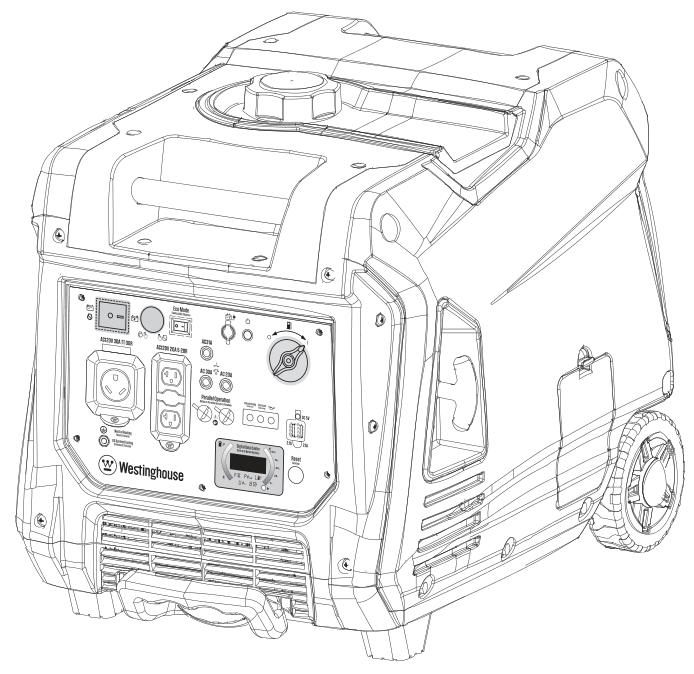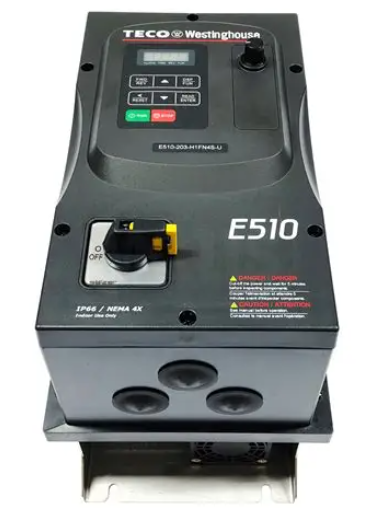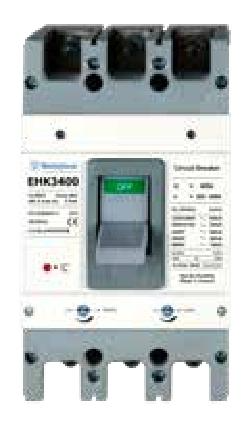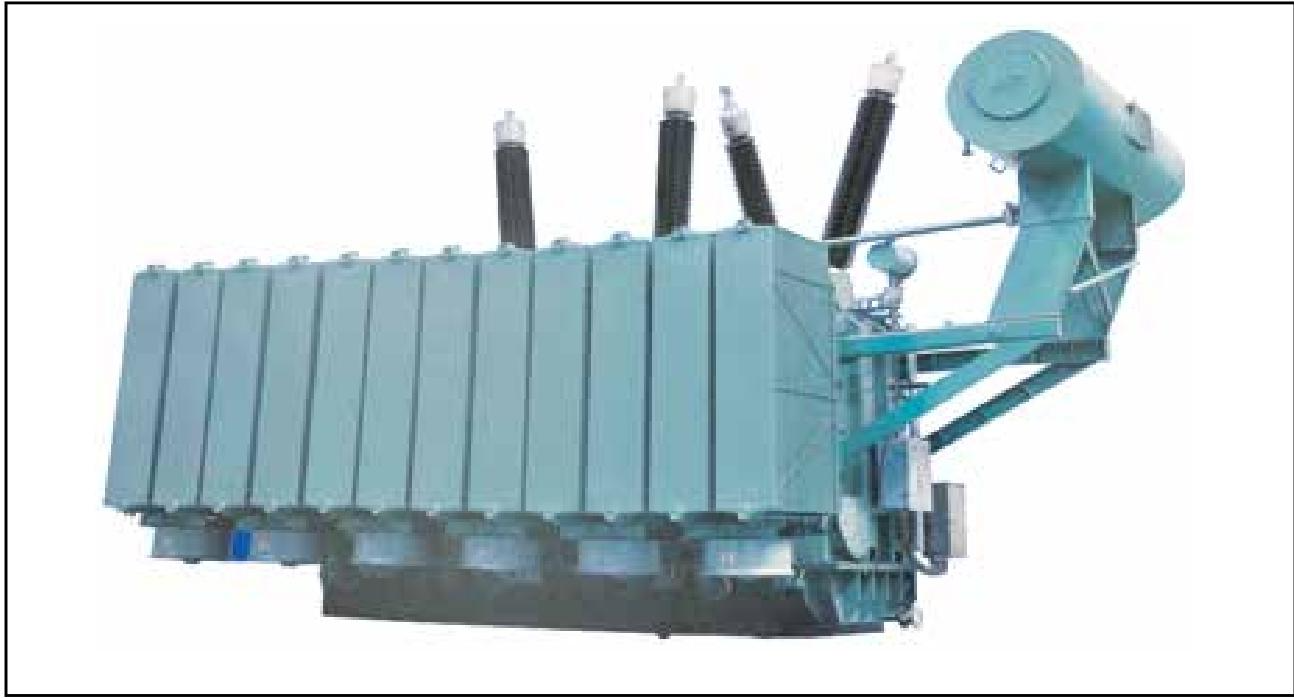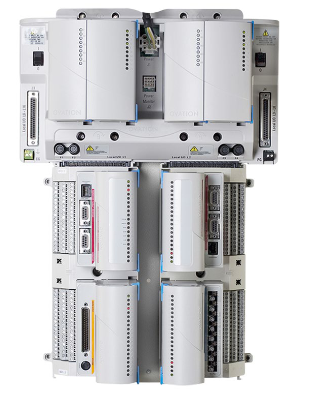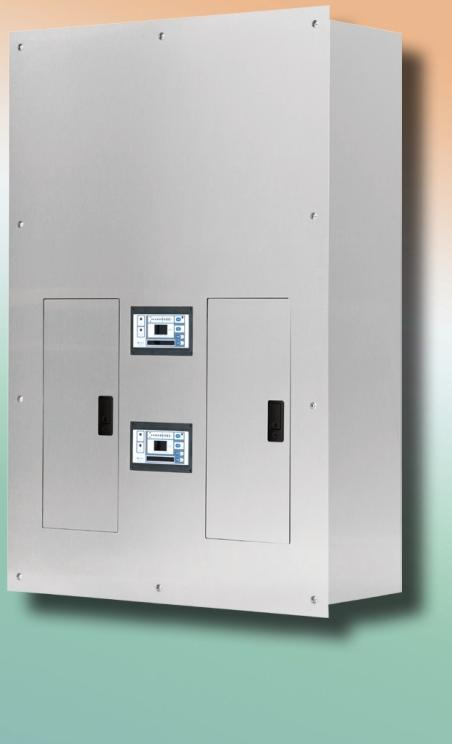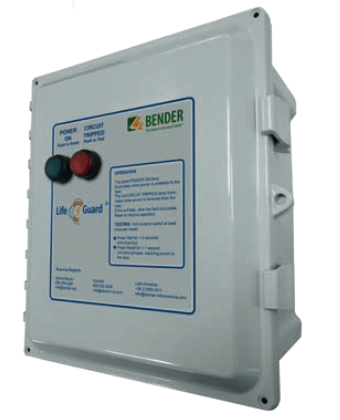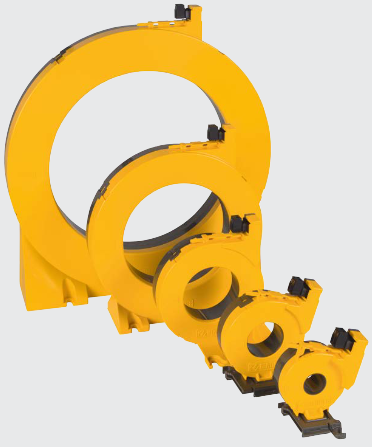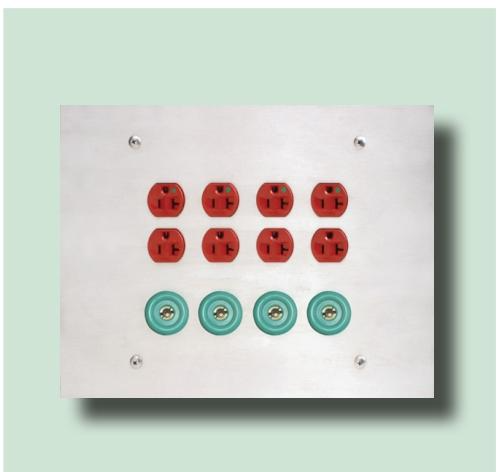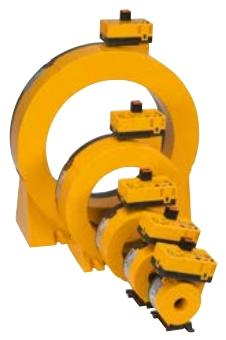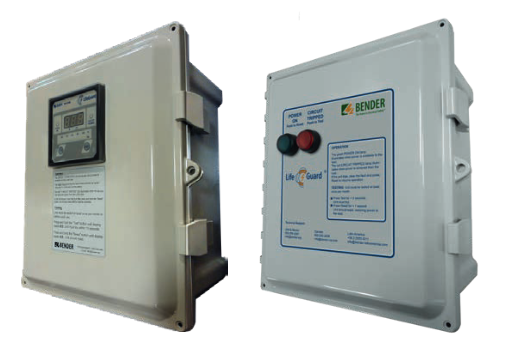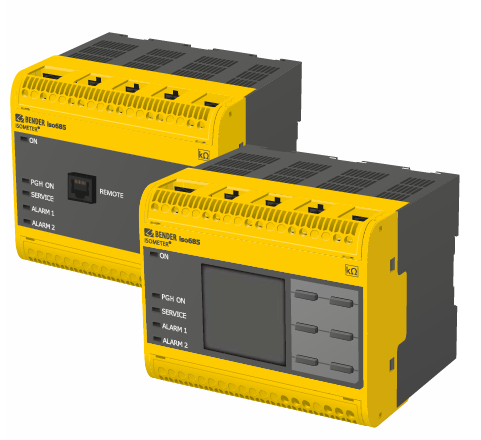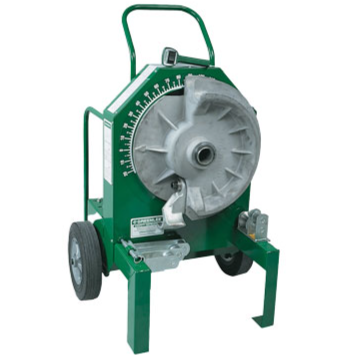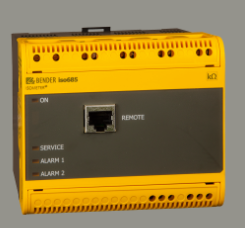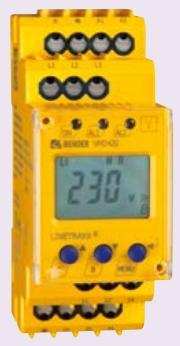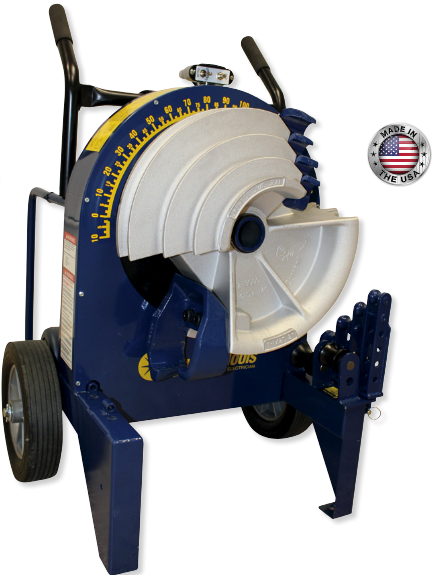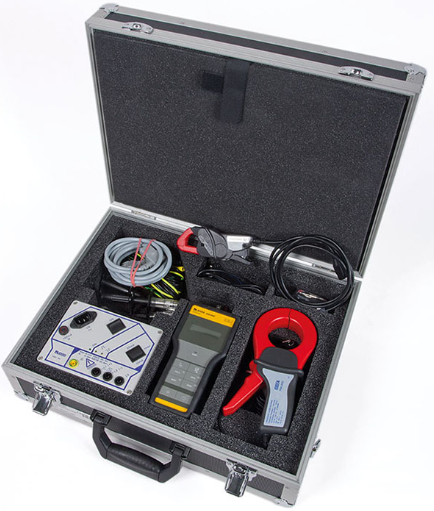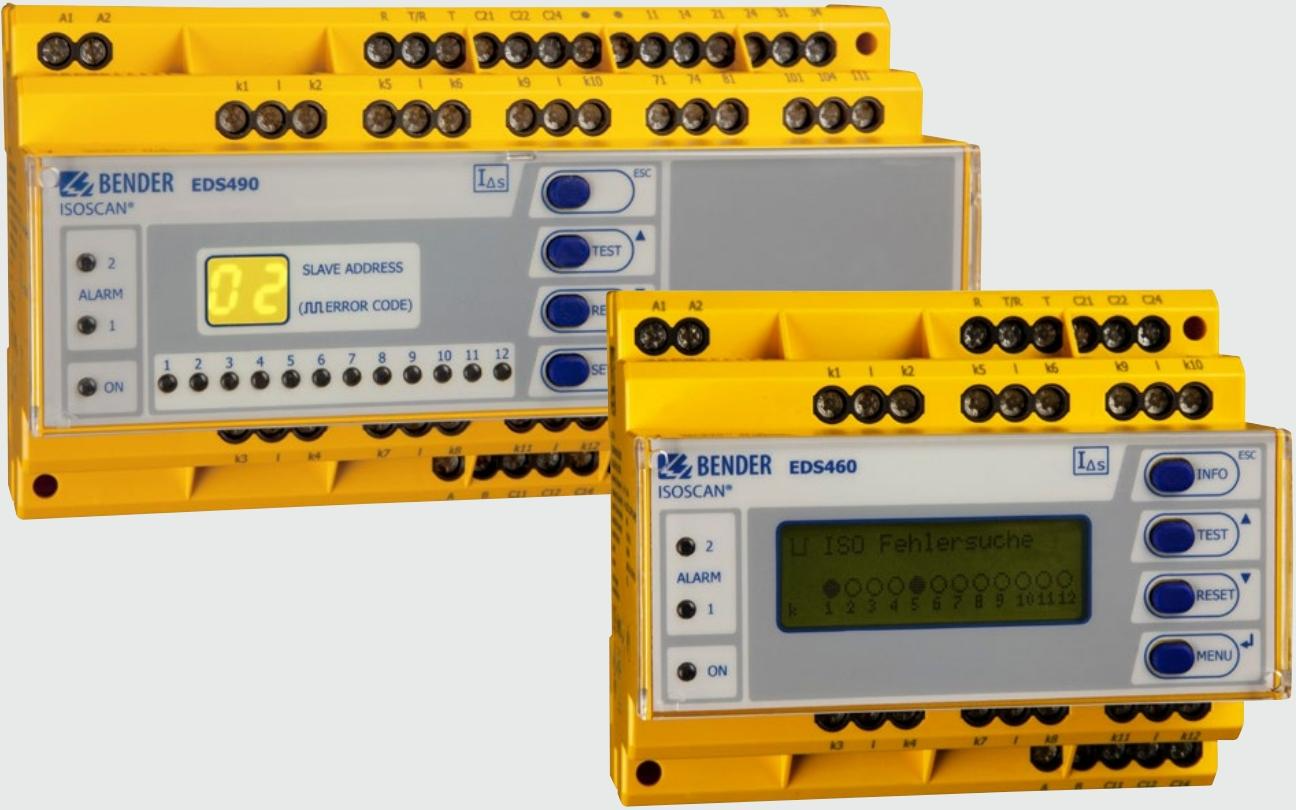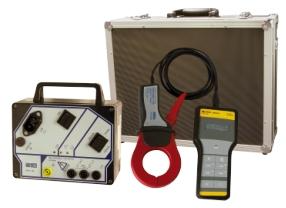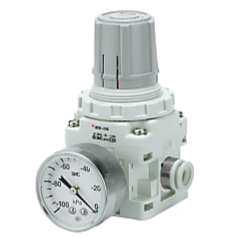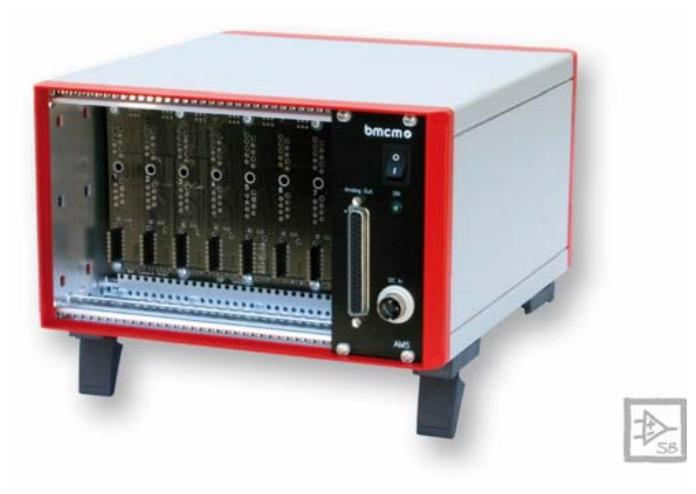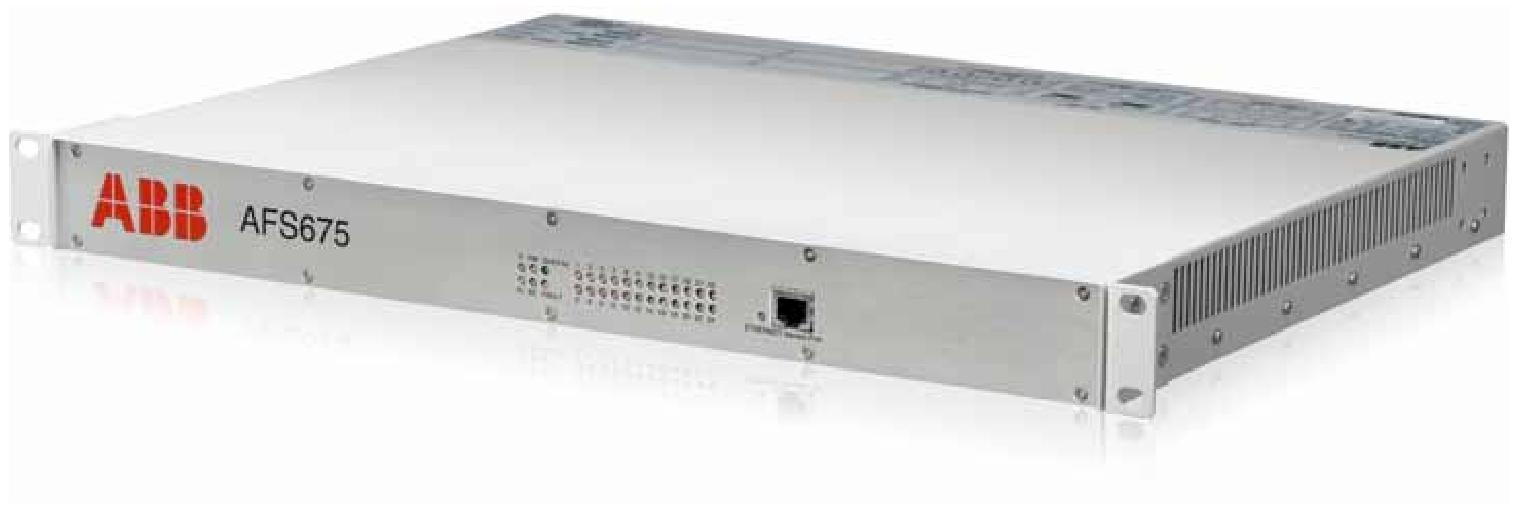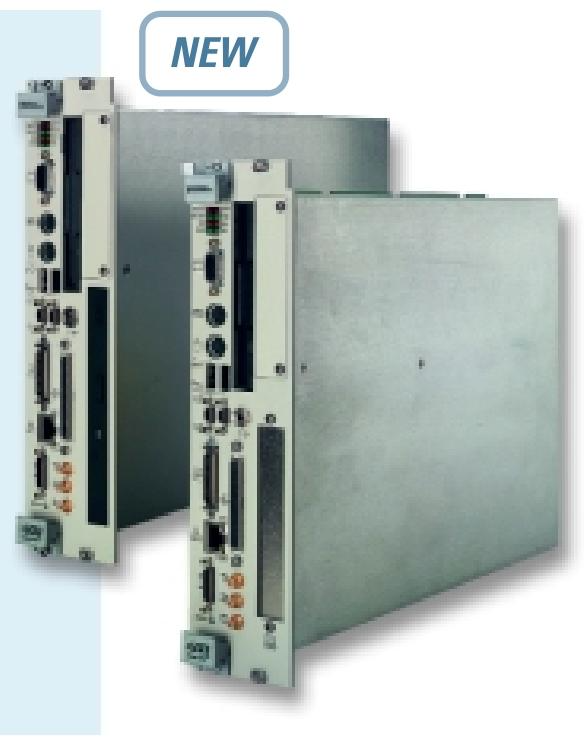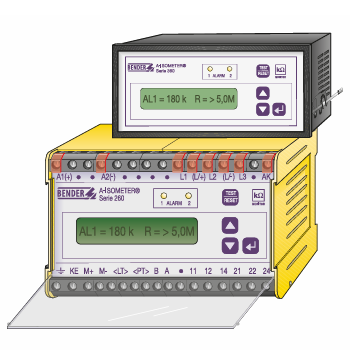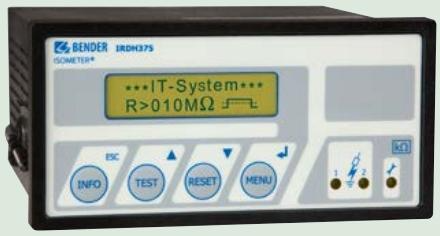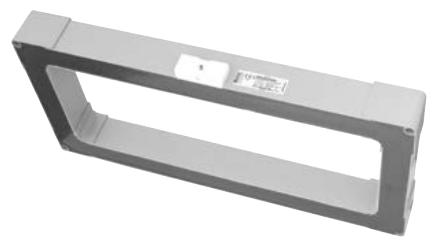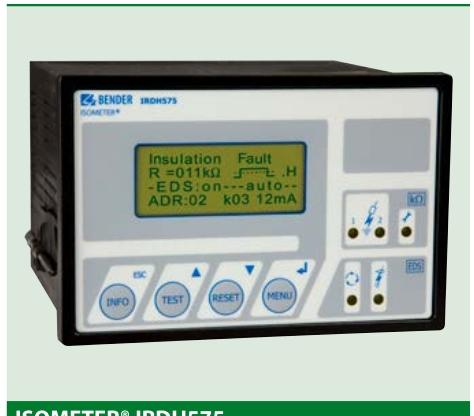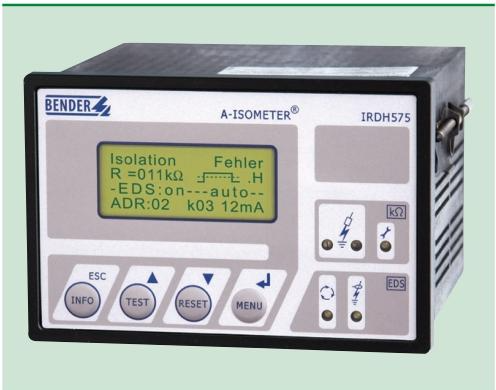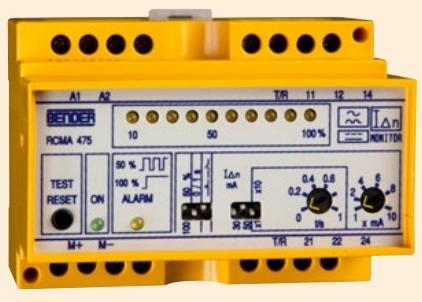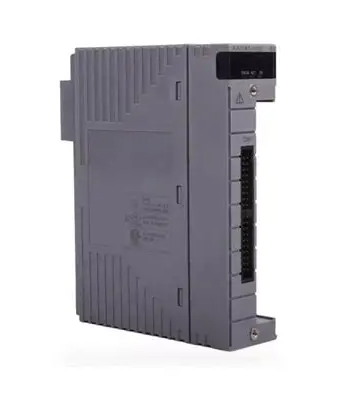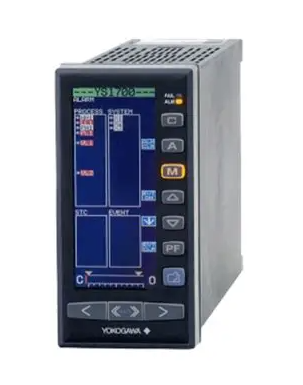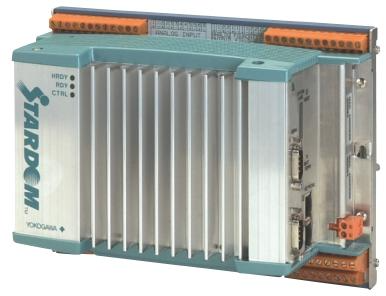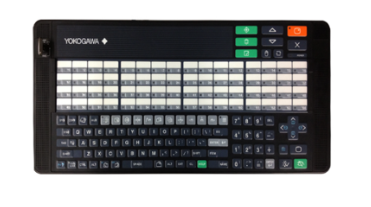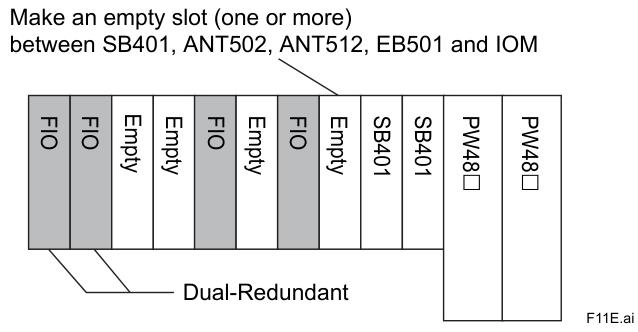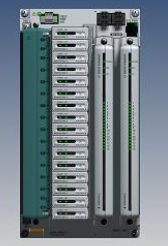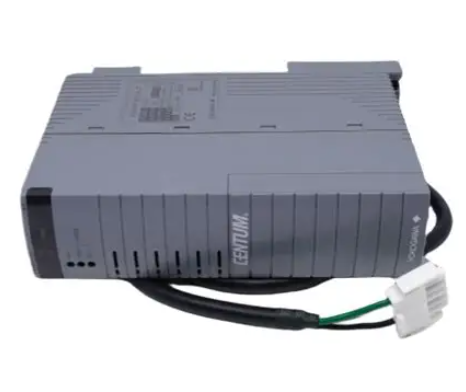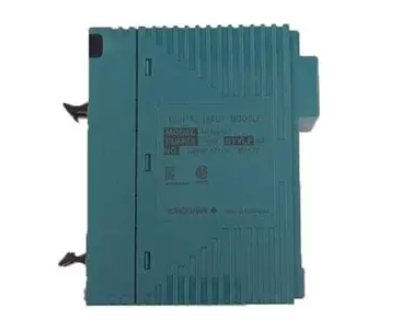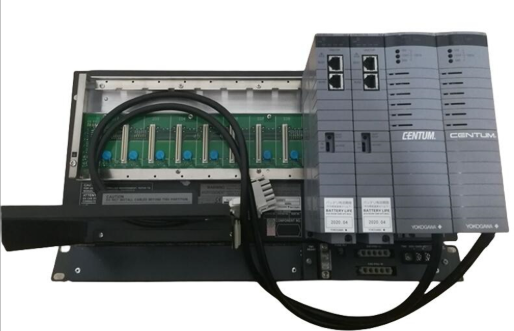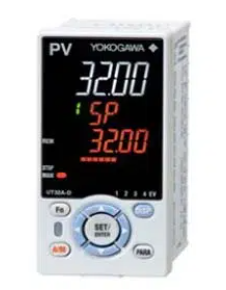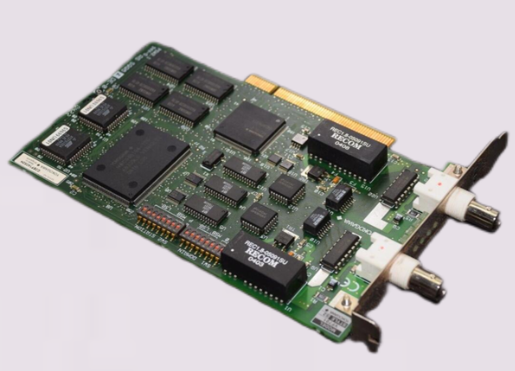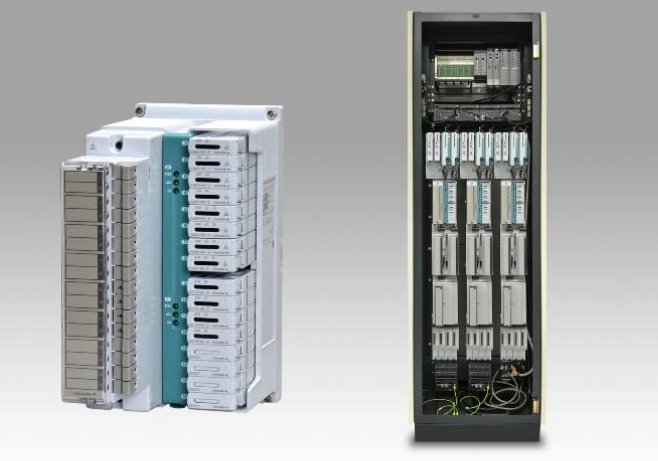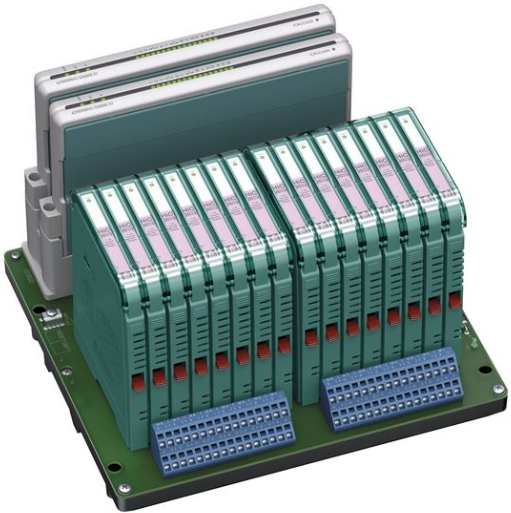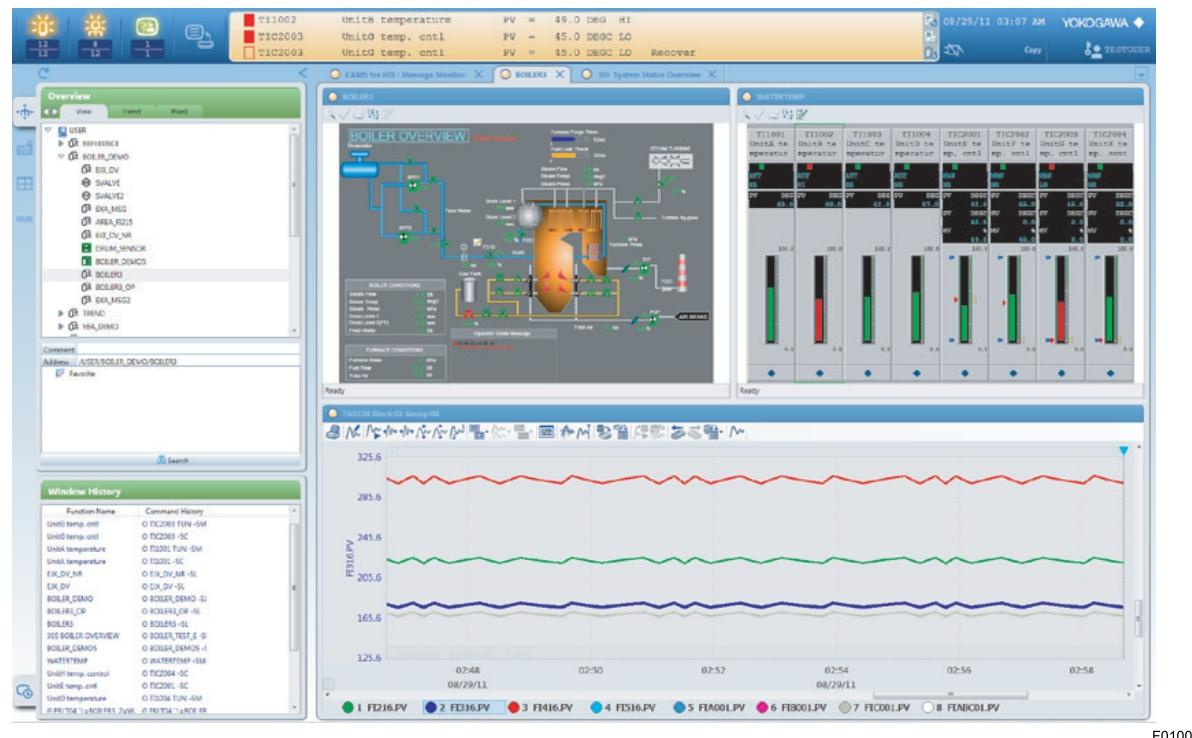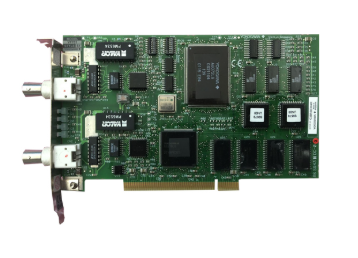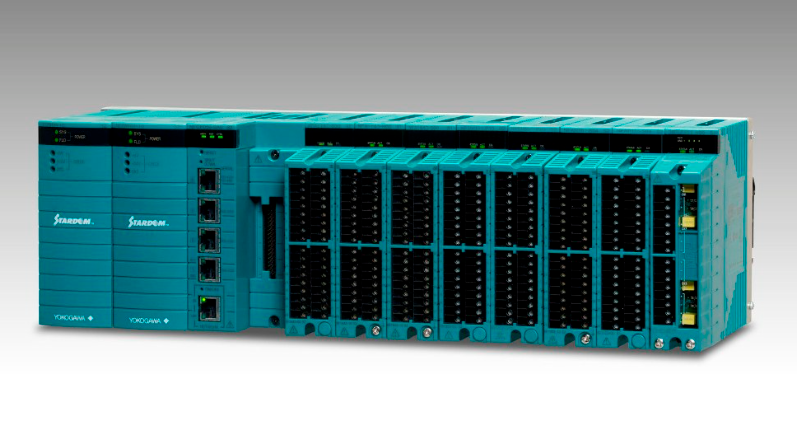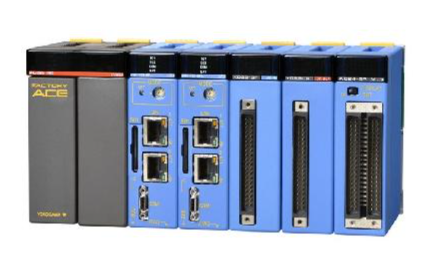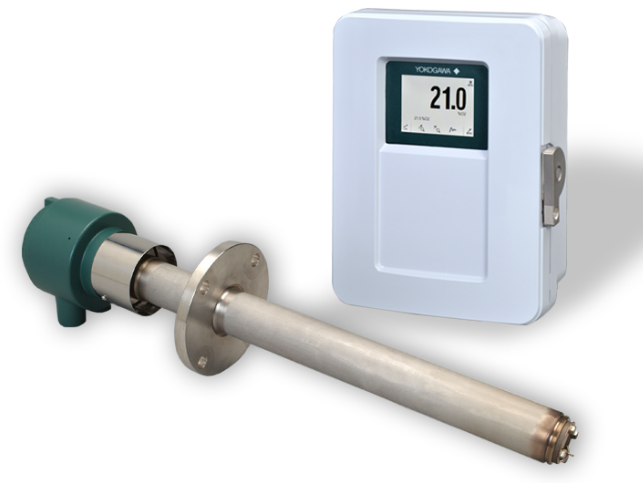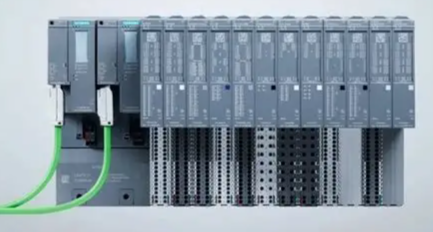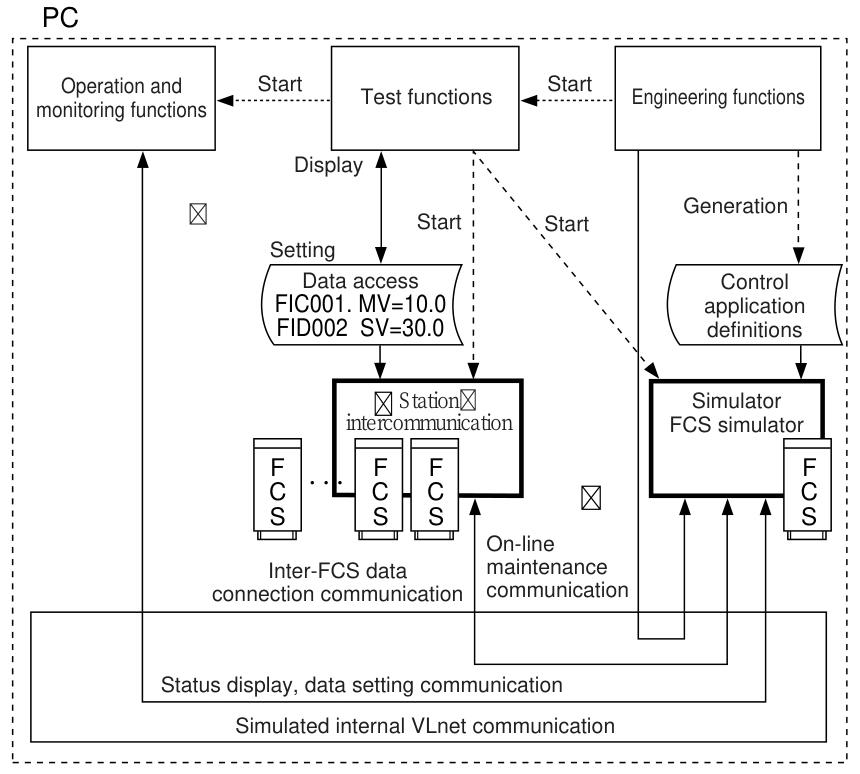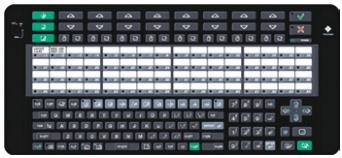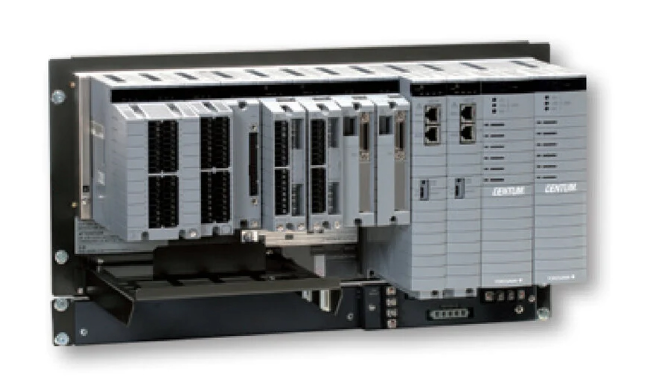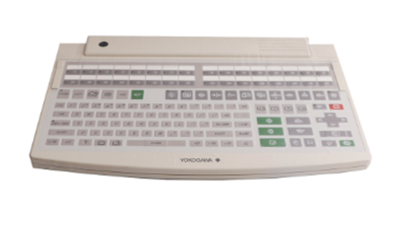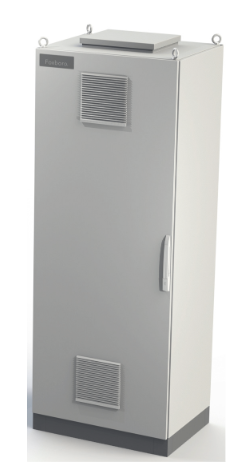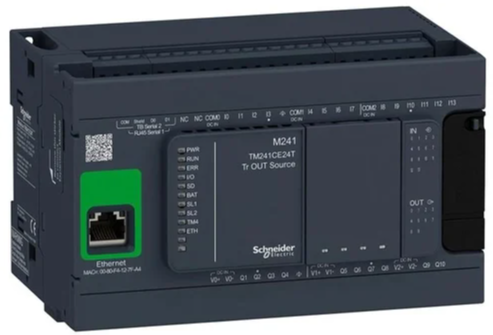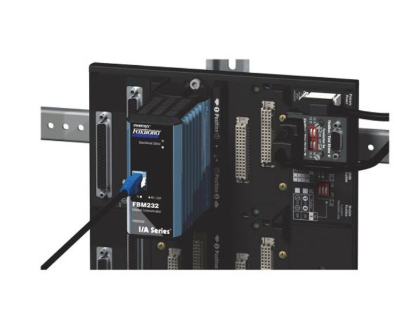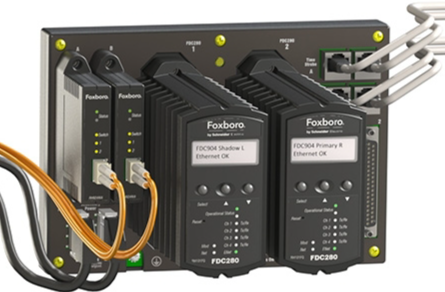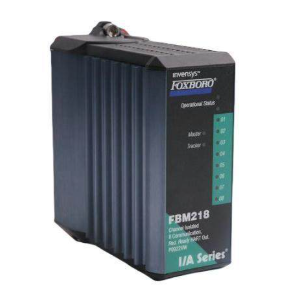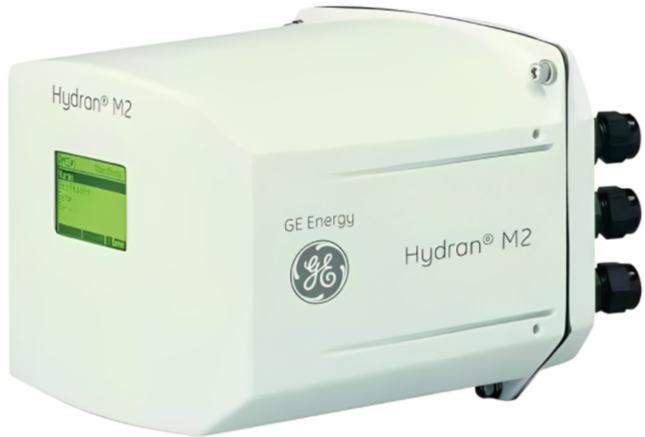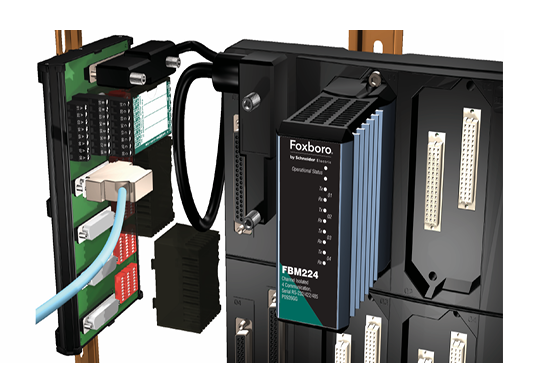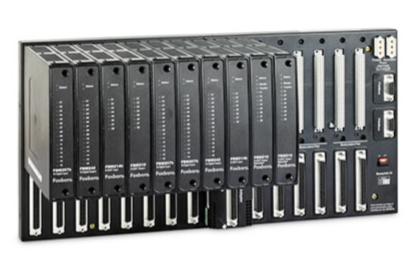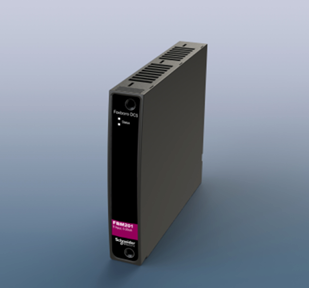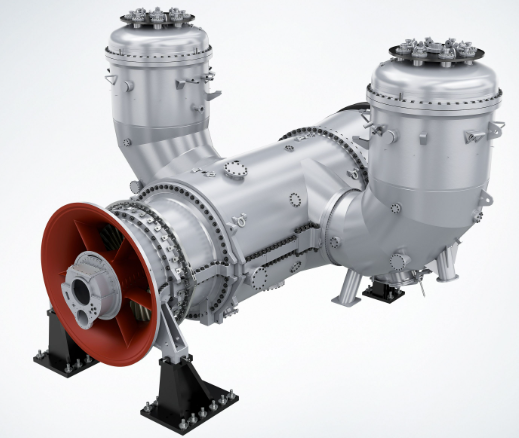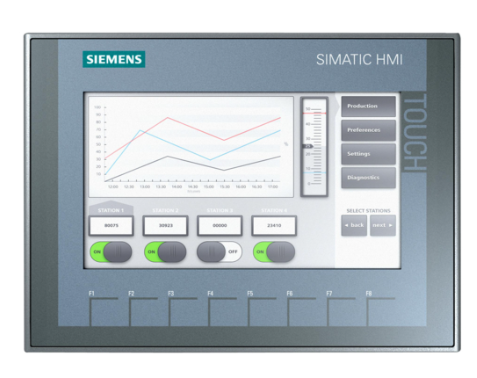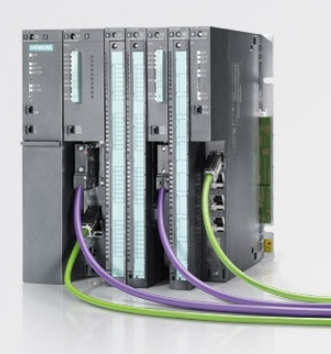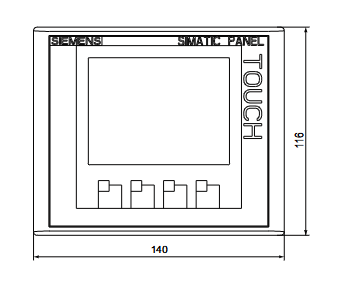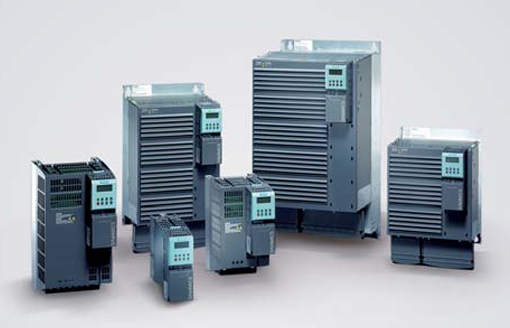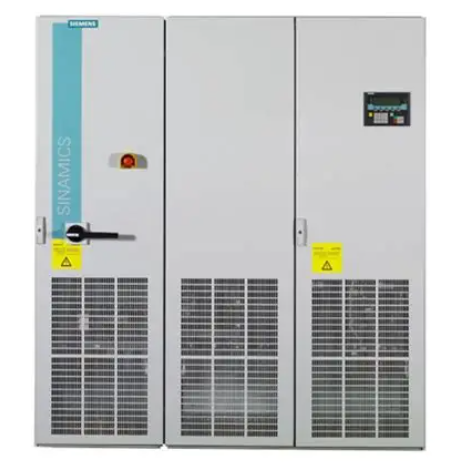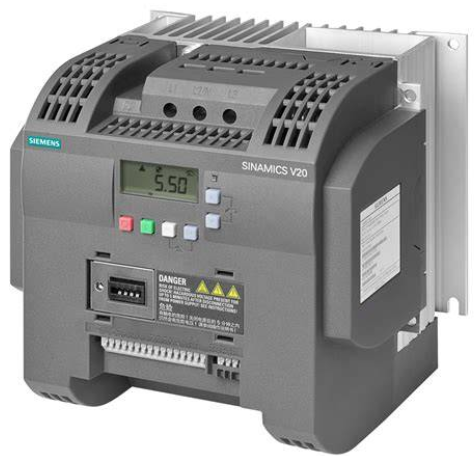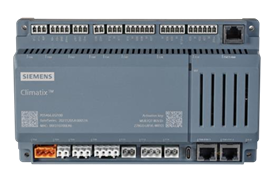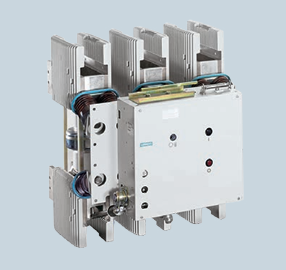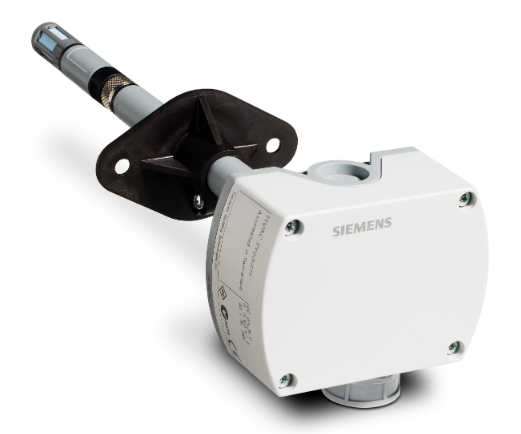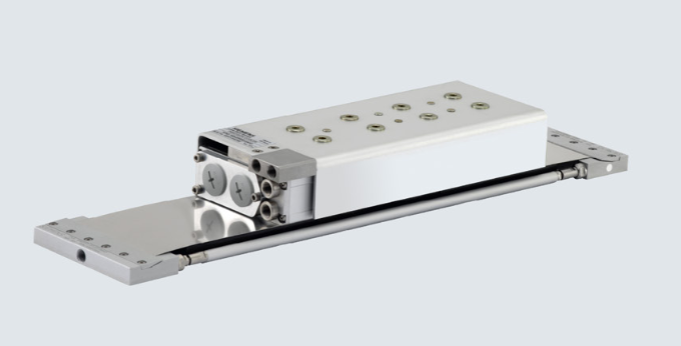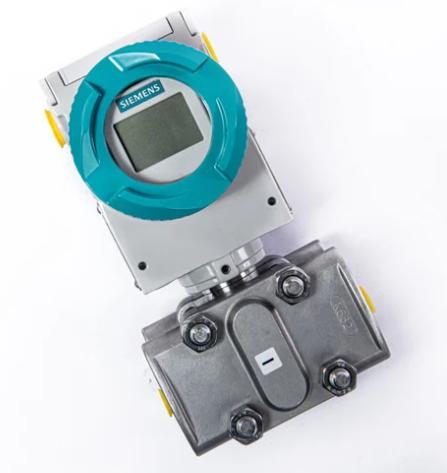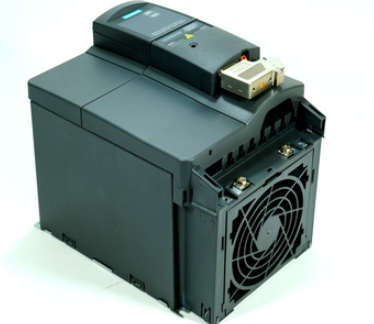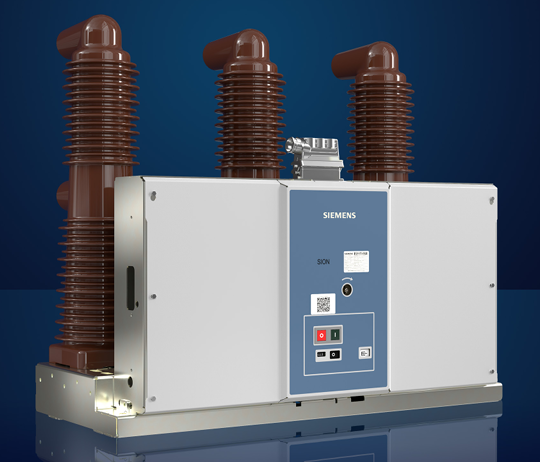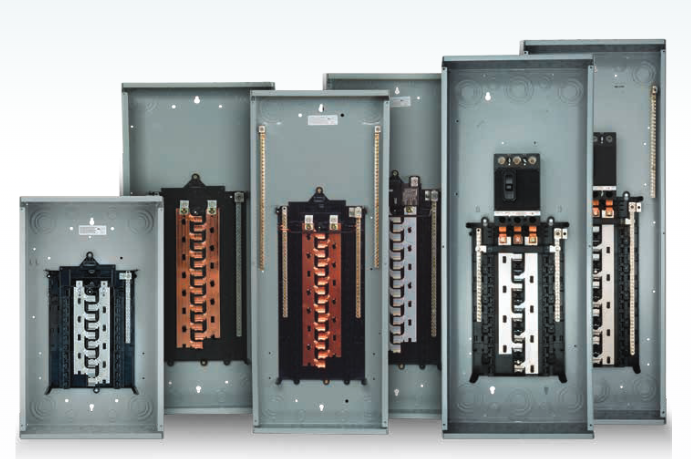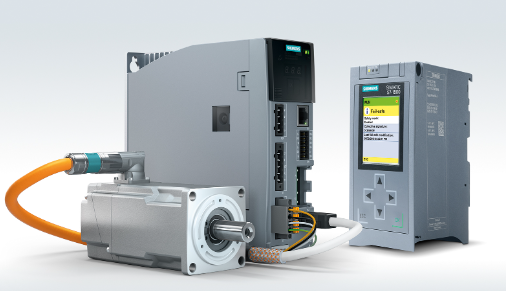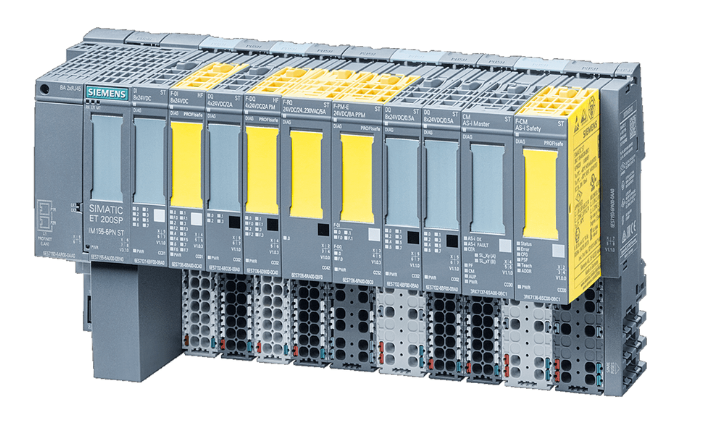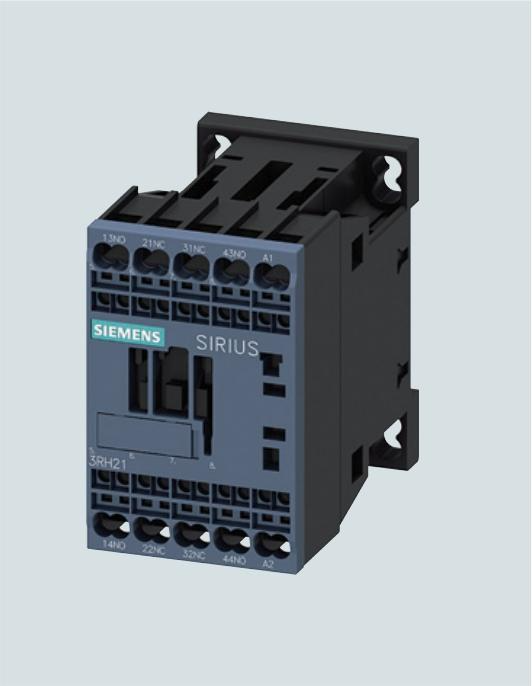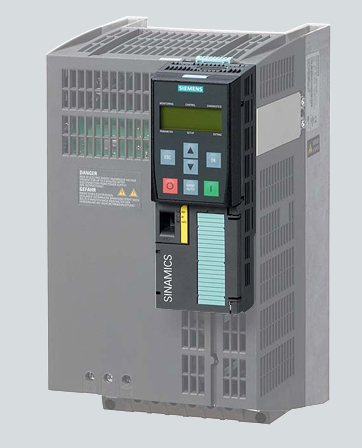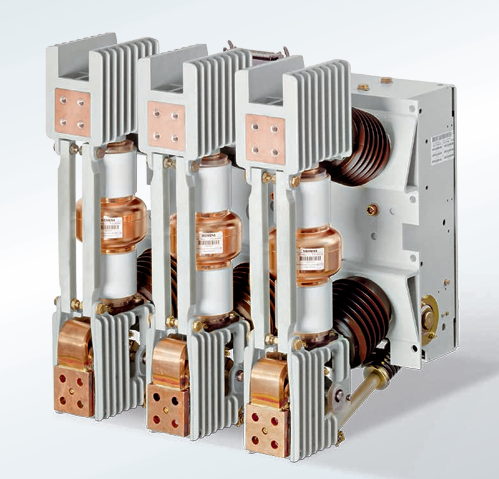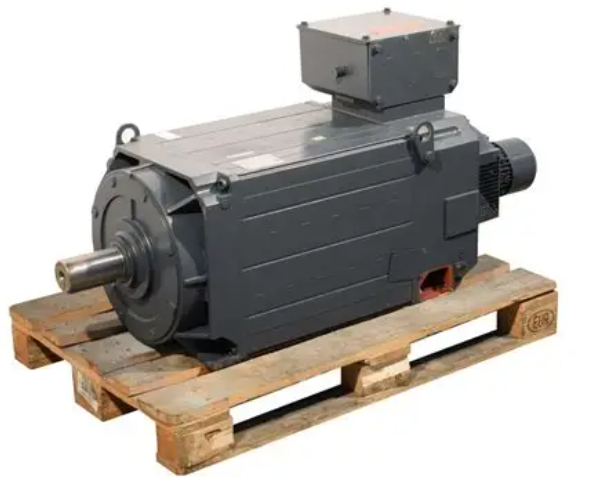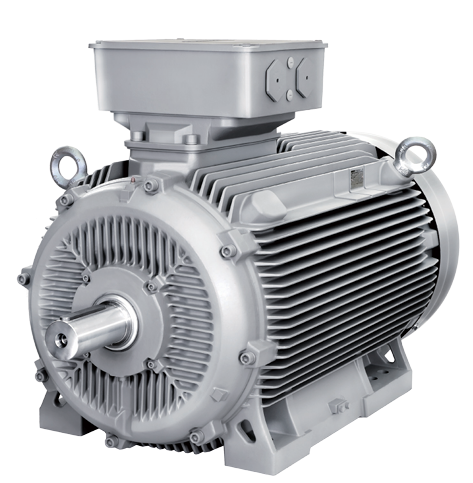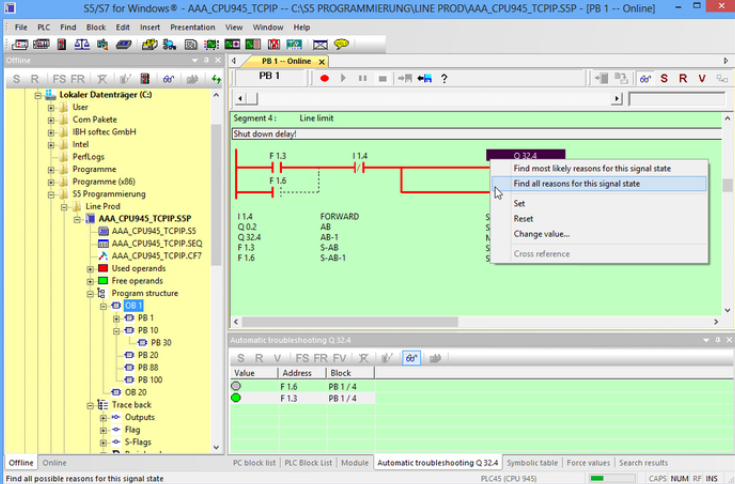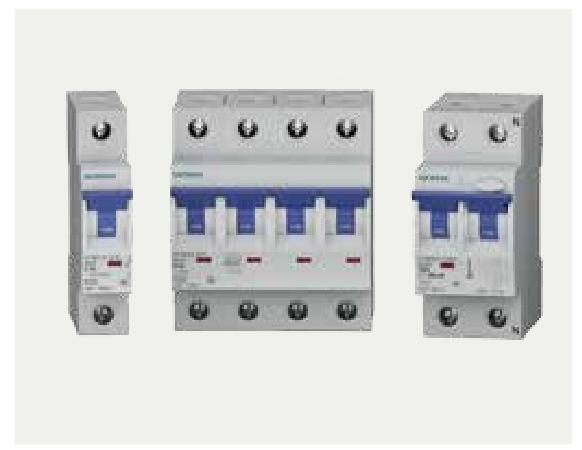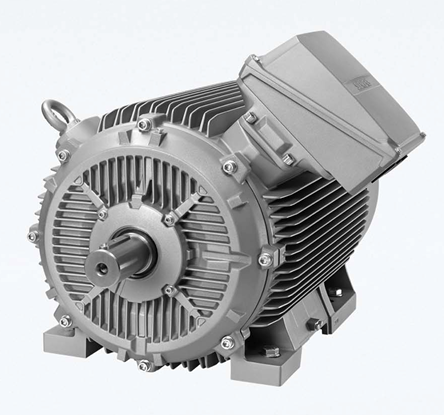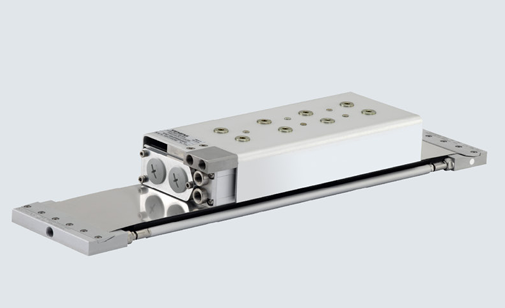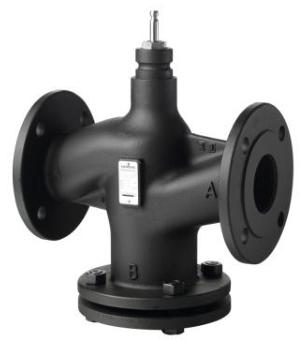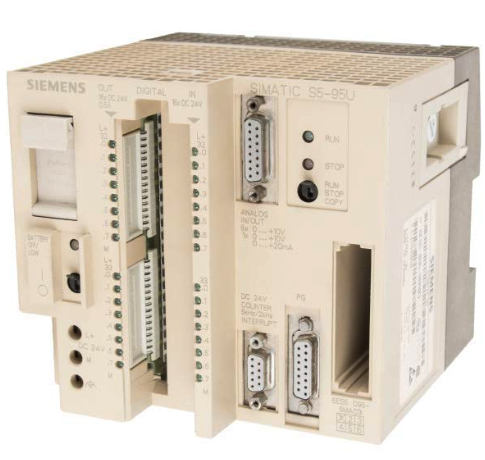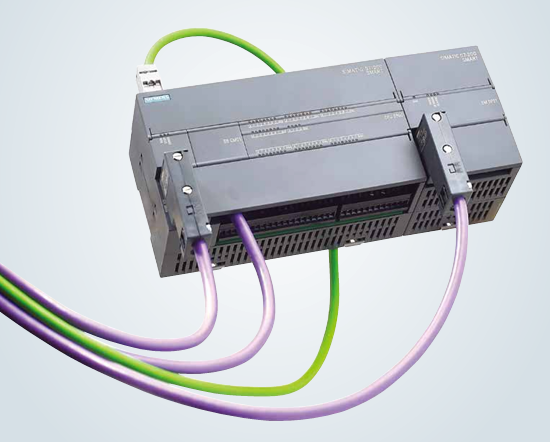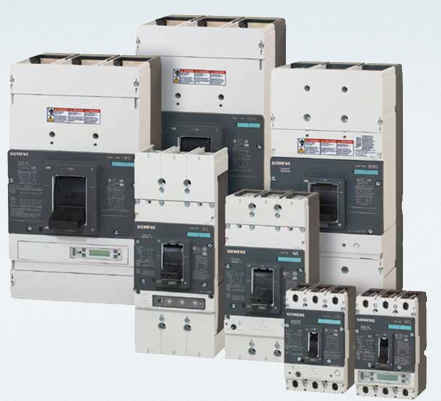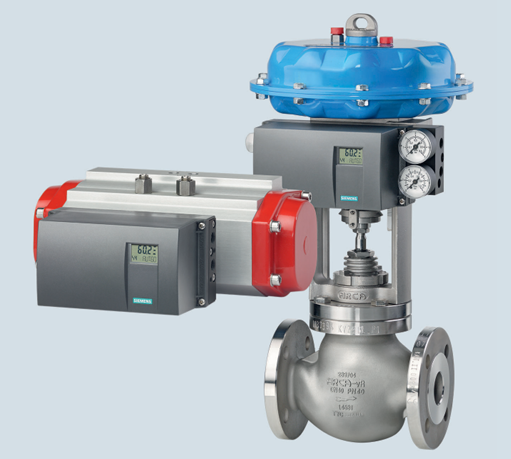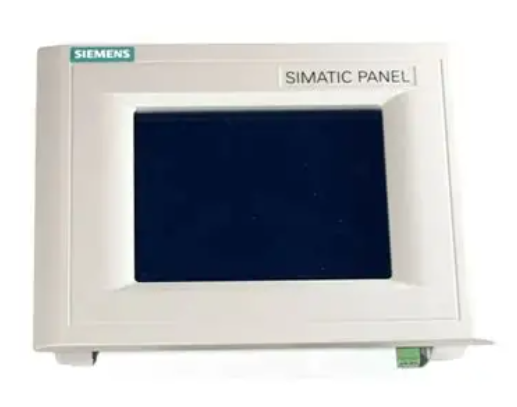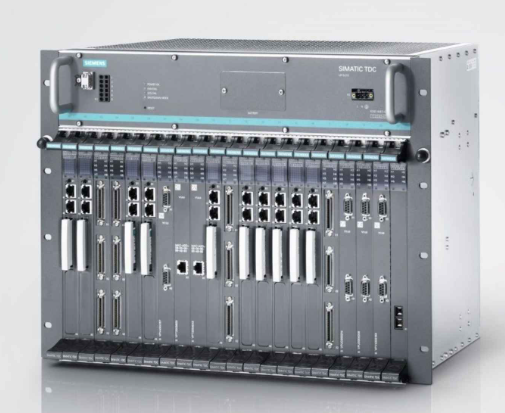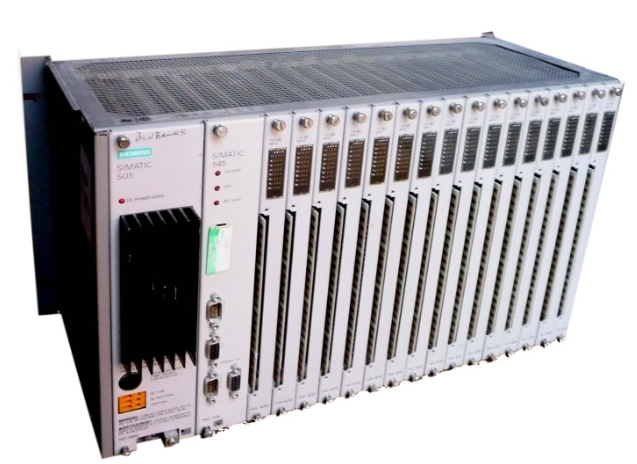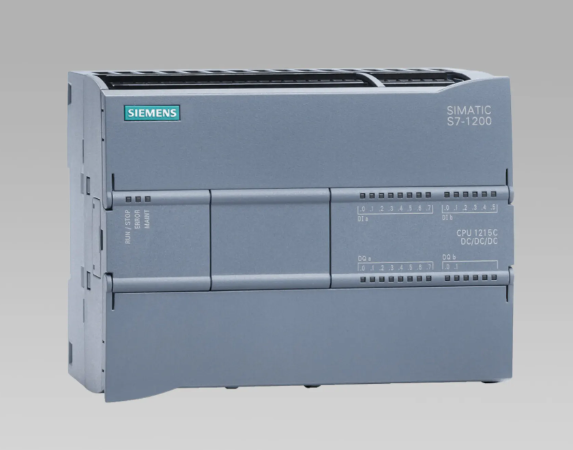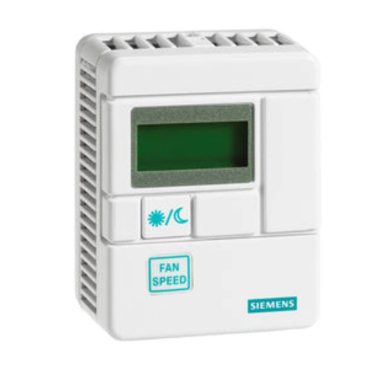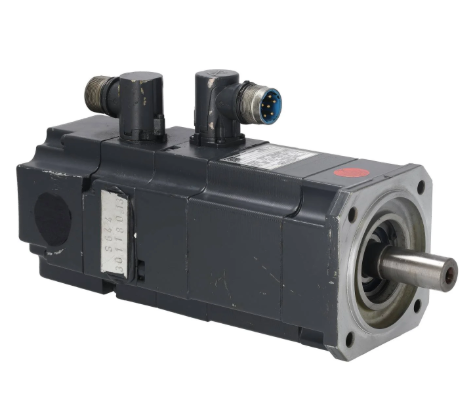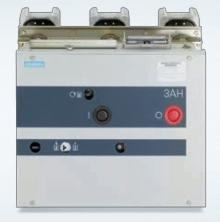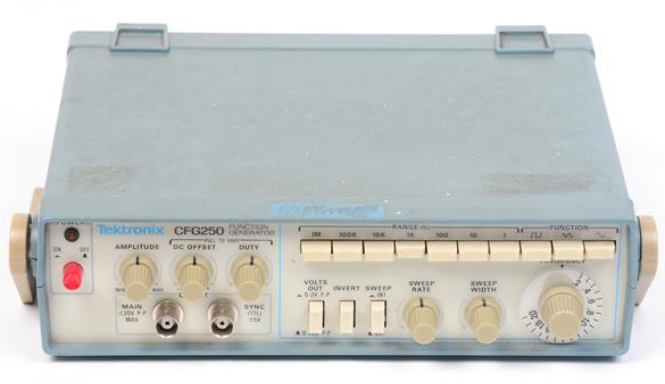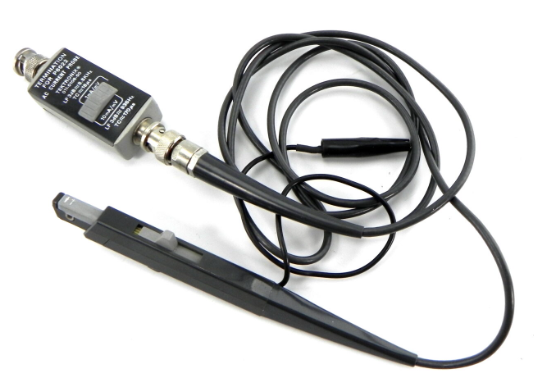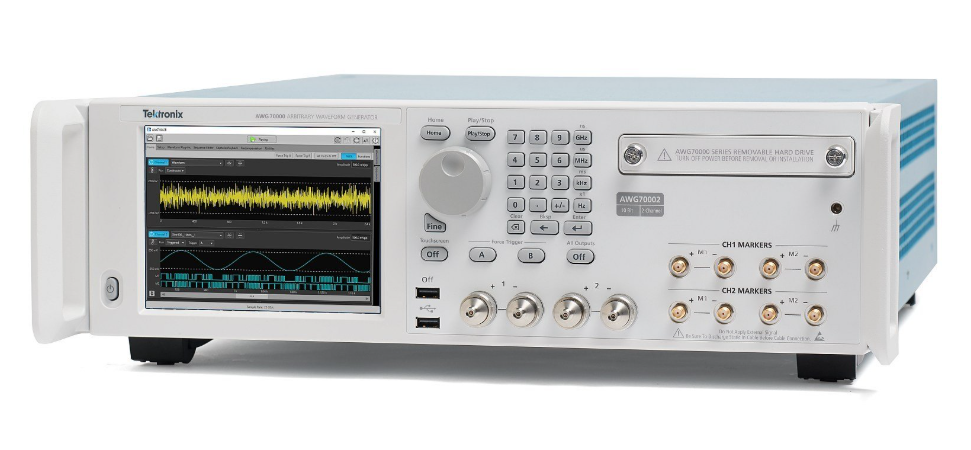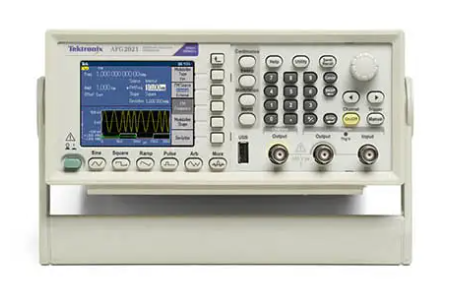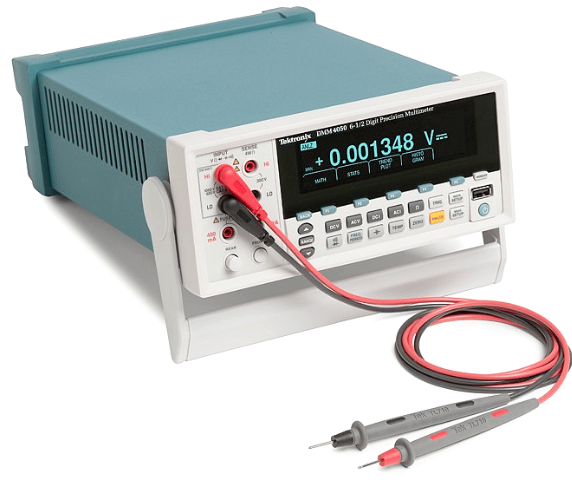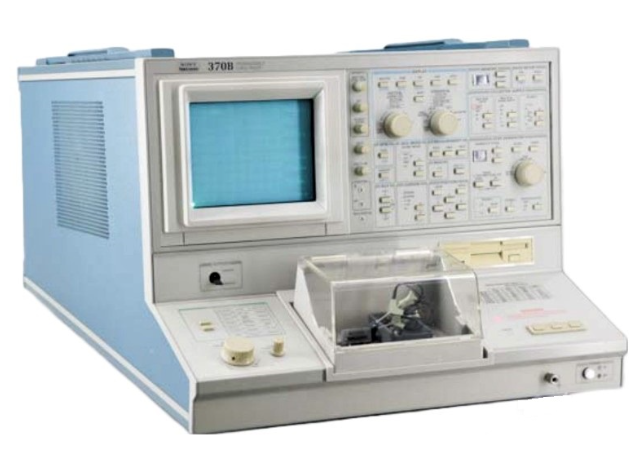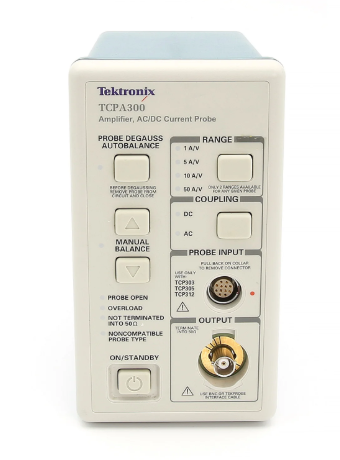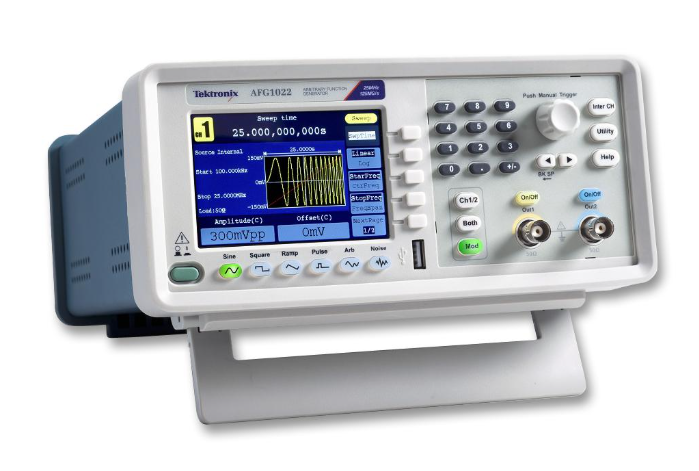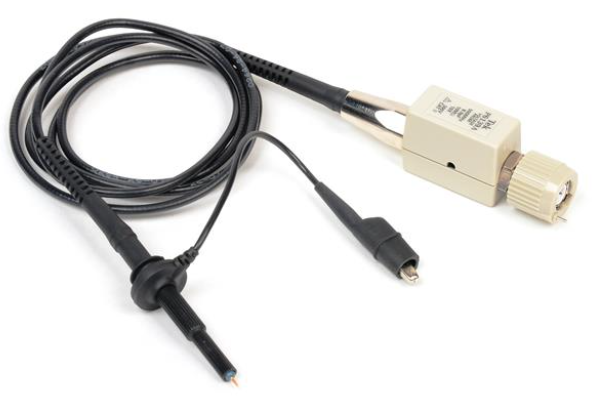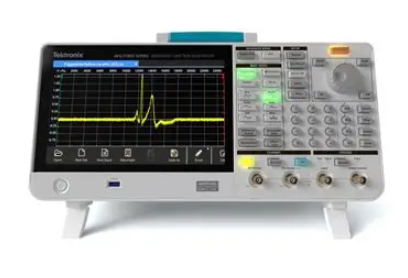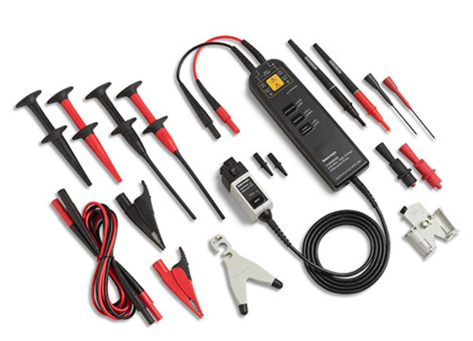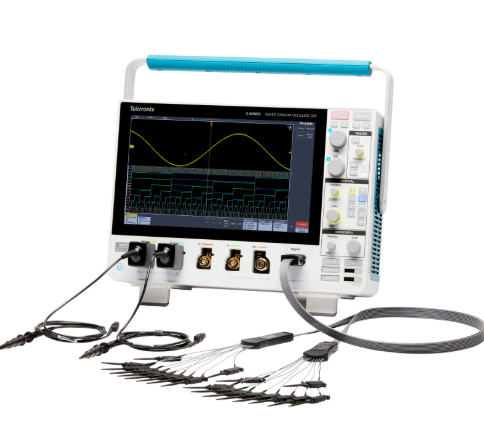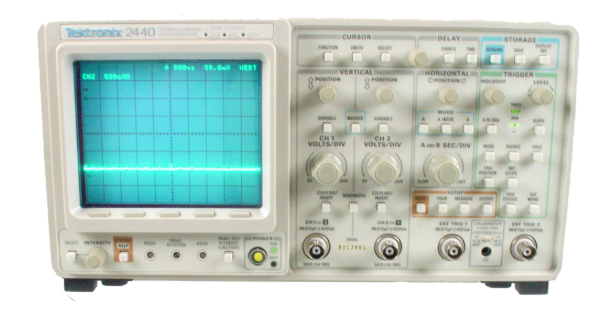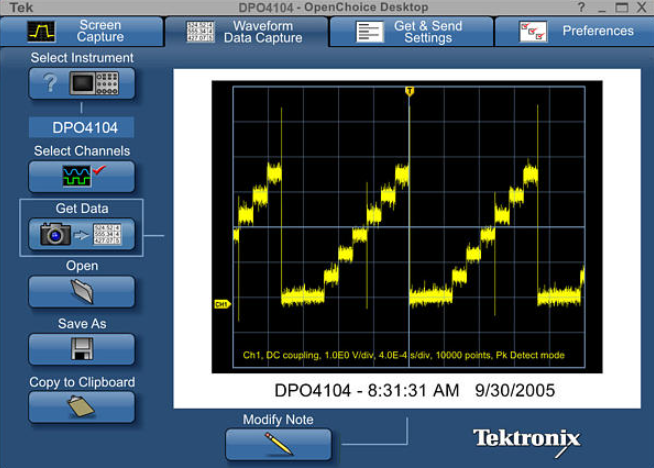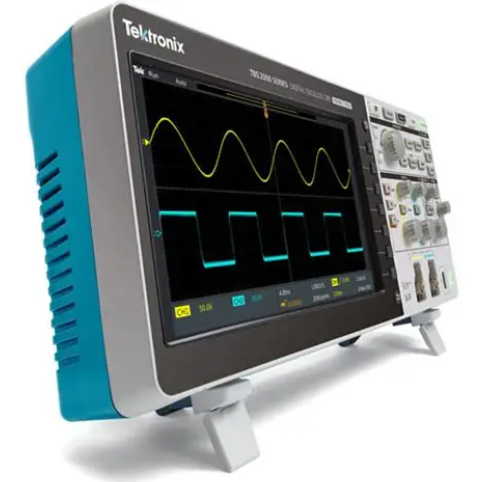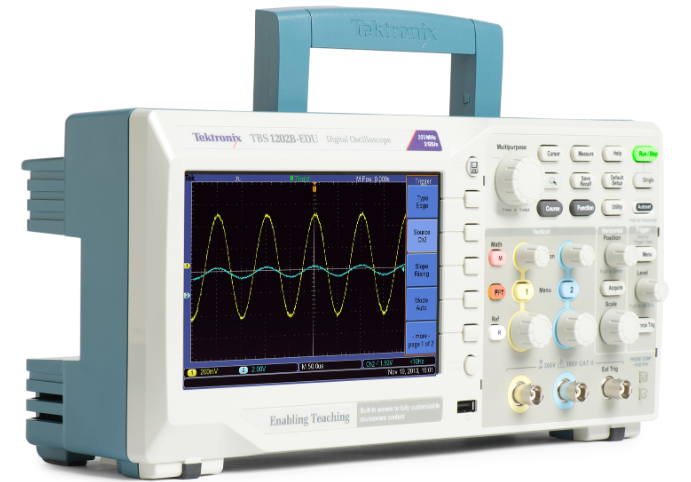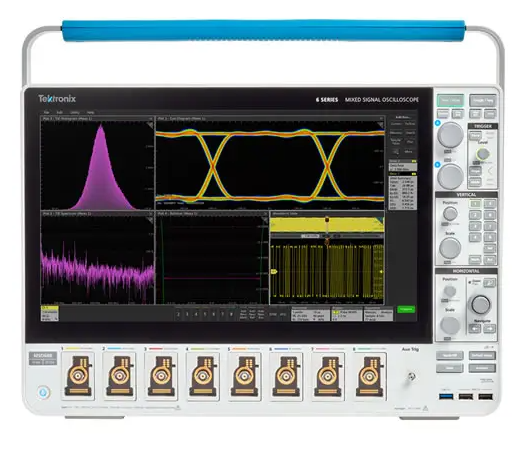

K-WANG
+086-15305925923
Service expert in industrial control field!
Product
Article
NameDescriptionContent
Adequate Inventory, Timely Service
pursuit of excellence


Ship control system
Equipment control system
Power monitoring system
Current position:
Brand
Product parameters
- Telephone:+86-15305925923
- contacts:Mr.Wang
- Email:wang@kongjiangauto.com
Description
Depending on the network voltage level and
the protection philosophy the following protec tion concepts are generally applied
ABB 216DB61 HESG324063R100 REG216 generator protector accessory module
Depending on the network voltage level and
the protection philosophy the following protection concepts are generally applied:
• Two main protection schemes per bay
and one busbar protection.
With REB500sys the protection concept
can be simplified. Due to the higher integration of functionality one of the main protection equipment can be eliminated.
• One main protection and one back-up
protection scheme per bay, no busbar
protection.
With REB500sys a higher availability of the
energy delivery can be reached, due to the
implementation of busbar and breaker failure protection schemes where it hasn't
been possible in the past because of economical reasons.
Nine standard options are defined for Main 2/
Group 1 or back-up bay level functions:
Line protection
- Line variant 1 (L-V1)
directional, non-directional overcurrent and
directional earth fault protection
- Line variant 2 (L-V2)
as line variant L-V1 plus distance prot.
- Line variant 3 (L-V3)
as line variant L-V2 plus autoreclosure
- Line variant 4 (L-V4)
as line variant L-V3 plus synchrocheck
- Line variant 5 (L-V5)
as line variant L-V1 plus autoreclosure and
synchrocheck.
- Line variant 6 (L-V6) for 16.7 Hz
non-directional overcurrent, distance protection, autoreclosure.
- Line variant 7 (L-V7) for 16.7 Hz
as line variant L-V6 plus directional earth
fault protection for grounded systems
Transformer protection
- Transformer variant 1 (T-V1)
2- or 3 winding transformer differential protection, thermal overload, current functions;
applicable also as autonomous T-zone protection.
- Transformer variant 2 (T-V2)
2-winding transformer differential protection, thermal overload, current functions,
overfluxing protection, neutral overcurrent
(EF).
- Transformer variant 3 (T-V3)
Distance protection for transformer back-up
or 2-winding transformer differential protection, thermal overload, current functions,
voltage functions, frequency functions,
power function, overfluxing protection.
- Transformer variant 4 (T-V4)
Transformer oriented functions/ back-up
functions -> thermal overload, current functions, voltage functions, frequency functions, power function, overfluxing protection.
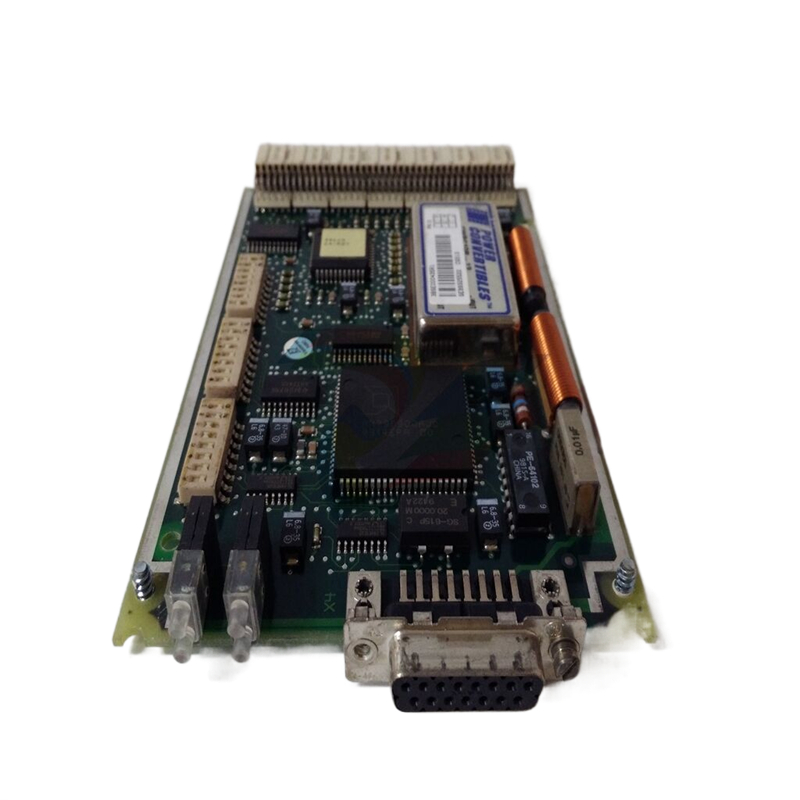
Bay unit (500BU03)
The bay unit (see Fig. 4) is the interface
between the protection and the primary system process comprising the main CTs, isolators and circuit-breaker and performs the
associated data acquisition, pre-processing,
control functions and bay level protection
functions. It also provides the electrical insulation between the primary system and the
internal electronics of the protection.
The input transformer module contains four
input CTs for measuring phase and neutral
currents with terminals for 1 A and 5 A. Additional interposing CTs are not required,
because any differences between the CT
ratios are compensated by appropriately configuring the software of the respective bayunits.
Optional input transformer module also contains five input voltage transformers for the
measurement of the three-phase voltages and
two busbar voltages and recording of voltage
disturbances or 6 current transformers for
transformer differential protection. (seeFig. 12).
In the analog input and processing module,
the analog current and voltage signals are
converted to numerical signals at a sampling
rate of 48 samples per period and then
numerically preprocessed and filtered accordingly. Zero-sequence voltage and zero-current
signals are also calculated internally. The Process data are transferred at regular intervals
from the bay units to the central processing
unit via the process bus.
Every bay unit has 20 binary inputs and 16
relay outputs. The binary I/O module detects
and processes the positions of isolators and
couplers, blocking signals, starting signals,
external resetting signals, etc. The binary
input channels operate according to a patented pulse modulation principle in a nominal
range of 48 to 250 V DC. The PC-based HMI
program provides settings for the threshold
voltage of the binary inputs. All the binary output channels are equipped with fast operating
relays and can be used for either signaling or
tripping purposes (see contact data in Table8).
A software logic enables the input and output
channels to be assigned to the various functions. A time stamp is attached to all the data
such as currents, voltages, binary inputs,
events and diagnostic information acquired by
a bay unit.
Where more binary and analog inputs are
needed, several bay units can be combined to
form a feeder/bus coupler bay (e.g. a bus coupler bay with CTs on both sides of the bus-tie
breaker requires two bay units).
The bay unit is provided with local intelligence
and performs local protection (e.g. breaker
failure, end fault, breaker pole discrepancy),
bay protection (Main 2 or back-up bay protections) as well as the event and disturbance
recording.
Purchase history
| User name | Member Level | Quantity | Specification | Purchase Date |
|---|
Total 0 Record
Related products
Customer Reviews
Satisfaction :
5 Stars
No evaluation information





